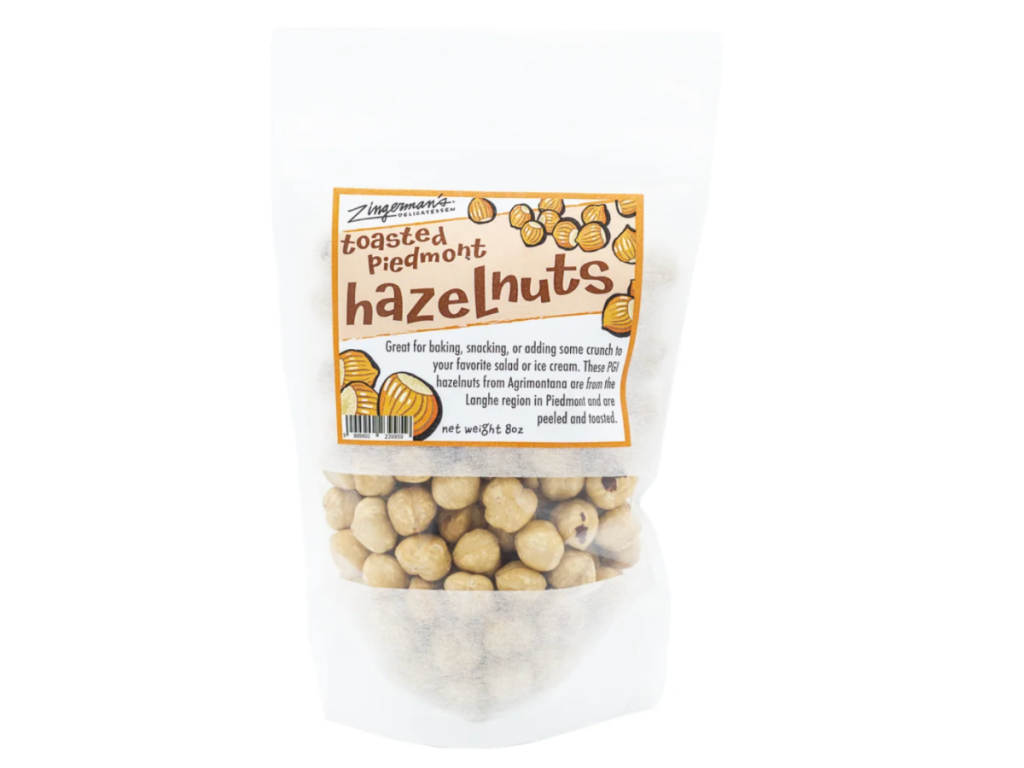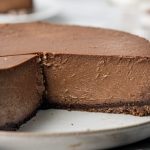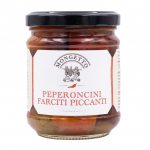Excerpt from Ari’s Top 5 enews
Easy elegance and excellence for your table

A year or two before the pandemic entered our lives, I had the chance to travel to the Piedmont region of Italy to look for new product sources. One of the culinary highlights of that visit was the region’s exceptional hazelnuts (nocciole in Italian). Everyone who eats good food around here will certainly have heard of—and had—hazelnuts. But many of us in the U.S. can easily go a lifetime without ever experiencing just how exceptional a truly great hazelnut can be. Turkey grows the most by far, and there are a lot grown in the U.S., but the Piedmontese hazelnuts (the formal name of the regional variety is “Tonda Gentile”) are the most precious. There is an essence of excellence they have, with the most intense flavor and the most aromatic of perfumes. And when you experience them, even those who know little about food will still know they’re in the presence of greatness. They’re that good. I’ve consumed half a bag that I bought at the Deli the other day as a writing prompt just in the course of working on this piece!
For background, hazelnut trees are not a quick way to boost an economic “harvest.” It takes nearly 10 years before a nut appears for consumption. To invest time, money, and energy in them one has to believe in the long-term possibilities. But as one hazelnut farmer said, “Time is different when you work in agriculture. For us, nine years is nothing.” The trees are on the smaller side, generally 10 to 15 feet tall. The flowers, which come out each spring, are long and light green and hang down from the tree in a way that locals say look like “sheep tails” (personally, this time of year, they remind me of a tree decorated for Christmas). When they’re ripe, the leaf around the nut opens and the nut, still in its shell, falls to the ground, and the farmers begin the work to gather them up. Historically, the hazelnut tree has been seen as a symbol of peace, health, wealth, and happiness, and was believed in ancient times to bring magical powers (hazelnut wood was used to make divining rods). Nutritionally, hazelnuts have about 40% monounsaturated oleic acid and are loaded with Vitamin E as well.
What makes Piedmontese hazelnuts so amazing? Great variety, great terroir, and terrific farming practices. The folks at Terra Della Nocciola let the nuts dry in the sun to cure them in the old-fashioned way and get better quality as a result. What would one do with a world-class hazelnut? Really, the same thing you’d do with any other nut. (Just keep the hazelnuts stored in the fridge after you open the package.) If you visit the Piedmont, you’ll find them served pretty much the way Americans eat peanuts—by the handful for a snack with a glass of wine. My friend, the food writer Elizabeth Minchilli, has a great recipe for a chocolate hazelnut cookie called Crucchi (that’s pronounced “kroo-kie” in Lazio dialect, brutti ma buoni elsewhere in Italian). Chop and put them onto fruit salad, gelato, granola, cake, or cookies. Add some to your oatmeal. Great too on salads, pastas, steamed vegetables. Add them to breads, brownies, or your next batch of chocolate chip cookies. Buon Appetito!



